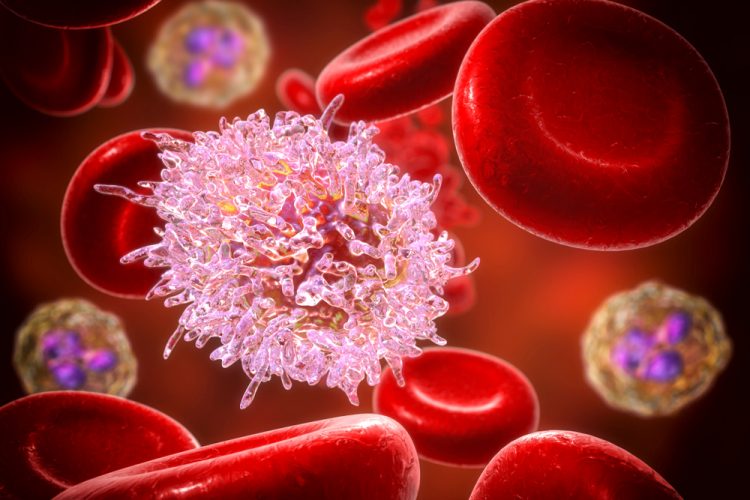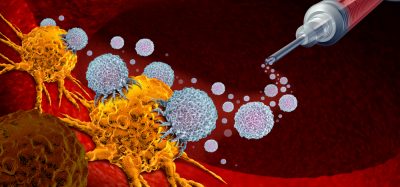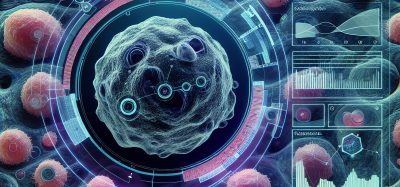Noncoding RNA could be a new target for acute myeloid leukaemia
Posted: 23 November 2023 | Drug Target Review | No comments yet
Discovery about the DNA of leukaemia cells suggests promising target for gene therapy in paediatric oncology.

A team of scientists, led by Dr Jan-Henning Klusmann from the Department of Paediatrics and Dr Dirk Heckl from the Institute for Experimental Paediatric Haematology and Oncology at Goethe University Frankfurt, studied a specific group of nucleic acids in leukaemia cells.
Various forms of blood cancer come under the term ‘leukaemia.’ This includes acute myeloid leukaemia (AML), where blood cells in the early stages – the stem cells and the precursor cells that develop from them – degenerate. AML is the second most common leukaemia in children, accounting for around four percent of all malignant diseases in childhood and adolescence. Even with intensive chemotherapy, only around half of those affected survive without relapsing and about one third of children are dependent on a stem cell donation. Non-specific chemotherapies have severe side effects so there is a great need to find novel and specific therapy approaches.
The team found an unusual weakness in AML cells. In their study, they investigated noncoding RNAs, which are produced through gene transcription, exactly like regular messenger RNAs (mRNAs). However, unlike mRNAs, noncoding RNAs frequently assume regulatory functions in cell growth and cell division, instead of being translated into proteins. Cancer cells typically disrupt regulatory processes, making noncoding RNAs a key starting point in the fight against cancer.
To gain a greater understanding of the role of noncoding RNAs in AML cells, the scientists compiled an inventory of these molecules in cancer cells derived from ill children and compared the resulting pattern with that of healthy blood stem cells.
They observed that, compared to healthy cells, AML cells differentially expressed almost 500 noncoding RNAs, suggesting that they could perform an important function in cancer cells. Every RNA molecule was turned off by preventing the coding gene in the genome from being read to validate this. The most distinct effect the researchers found was for the gene MYNRL15, as cancer cells in which this gene was turned off lost their ability to replicate indefinitely and died off.
However, it was not the absence of noncoding RNAs that was responsible for this effect. Dr Klusmann explained: “The regulatory function we observed is due to the MYNRL15 gene itself.” The team demonstrated that destroying the gene changed the spatial organisation of the chromatin, the three-dimensional (3D) structure of the genome. “This led to the deactivation of genes that AML cells need for survival,” stated Dr Klusmann. This offers a new possibility for combating leukaemia.
“The fact that all the leukaemia’s we studied were dependent on this gene locus tells us it must be important,”
Significantly, the inhibitory effect triggered by the modified MYNRL15 gene could be seen in different AML cell lines. These cells originated from children and adults and included various subtypes of the disease. Among these subtypes was one common in people with Down syndrome. “The fact that all the leukaemia’s we studied were dependent on this gene locus tells us it must be important,” explained Dr Klusmann.
The team hopes that the cancer cells’ dependence on MYNRL15 may be used to develop a specific gene therapy. Dr Klusmann concluded: “In our study, we systematically examined noncoding RNAs and their genes in AML cells for the first time, and in the process, we identified a gene locus that constitutes a promising target for developing a therapy in the future,”
This study was published in iScience.
Related topics
Cancer research, Gene Therapy, Oncology, RNAs, Stem Cells
Related conditions
acute myeloid leukaemia (AML), Down’s syndrome
Related organisations
Goethe University Frankfurt







